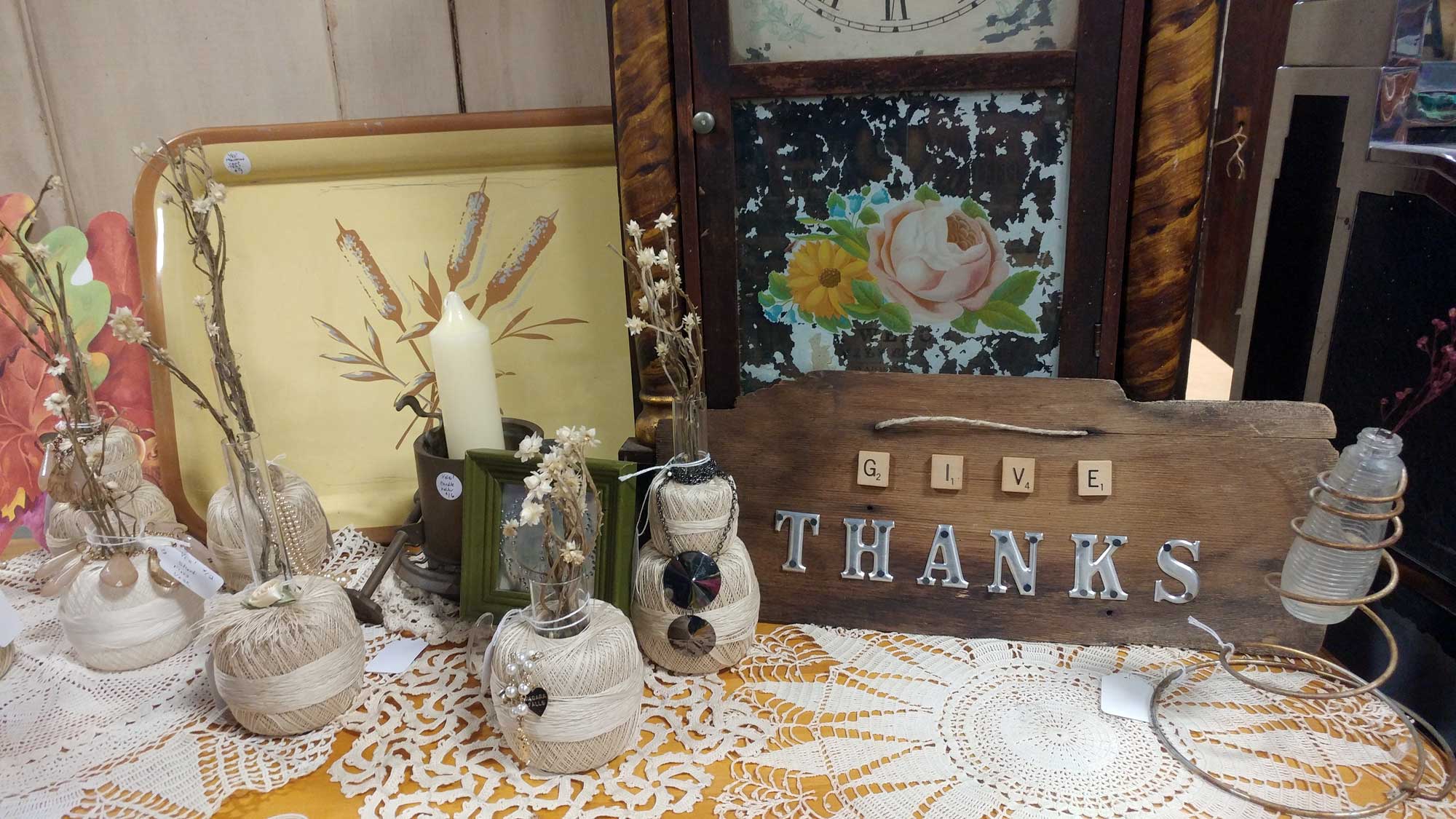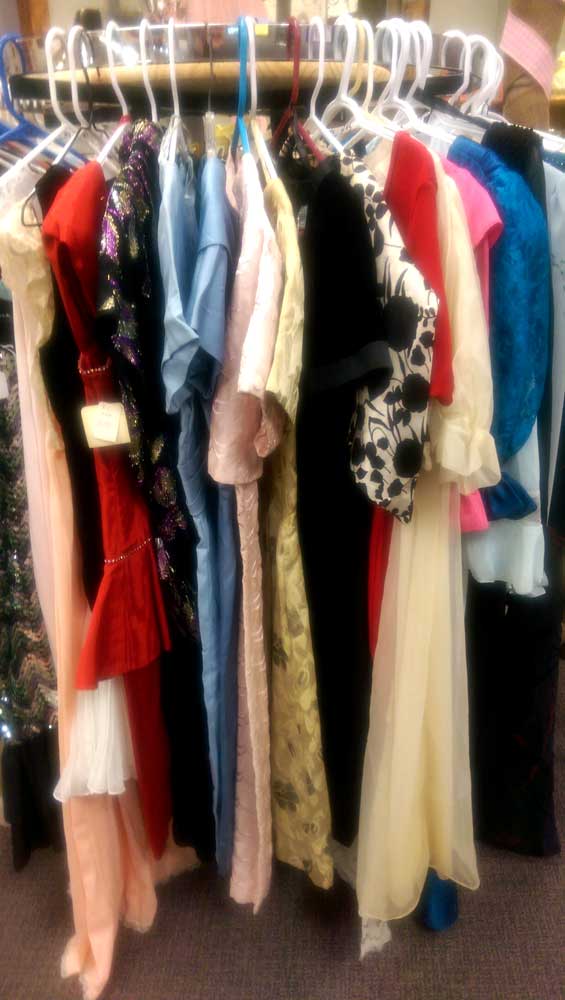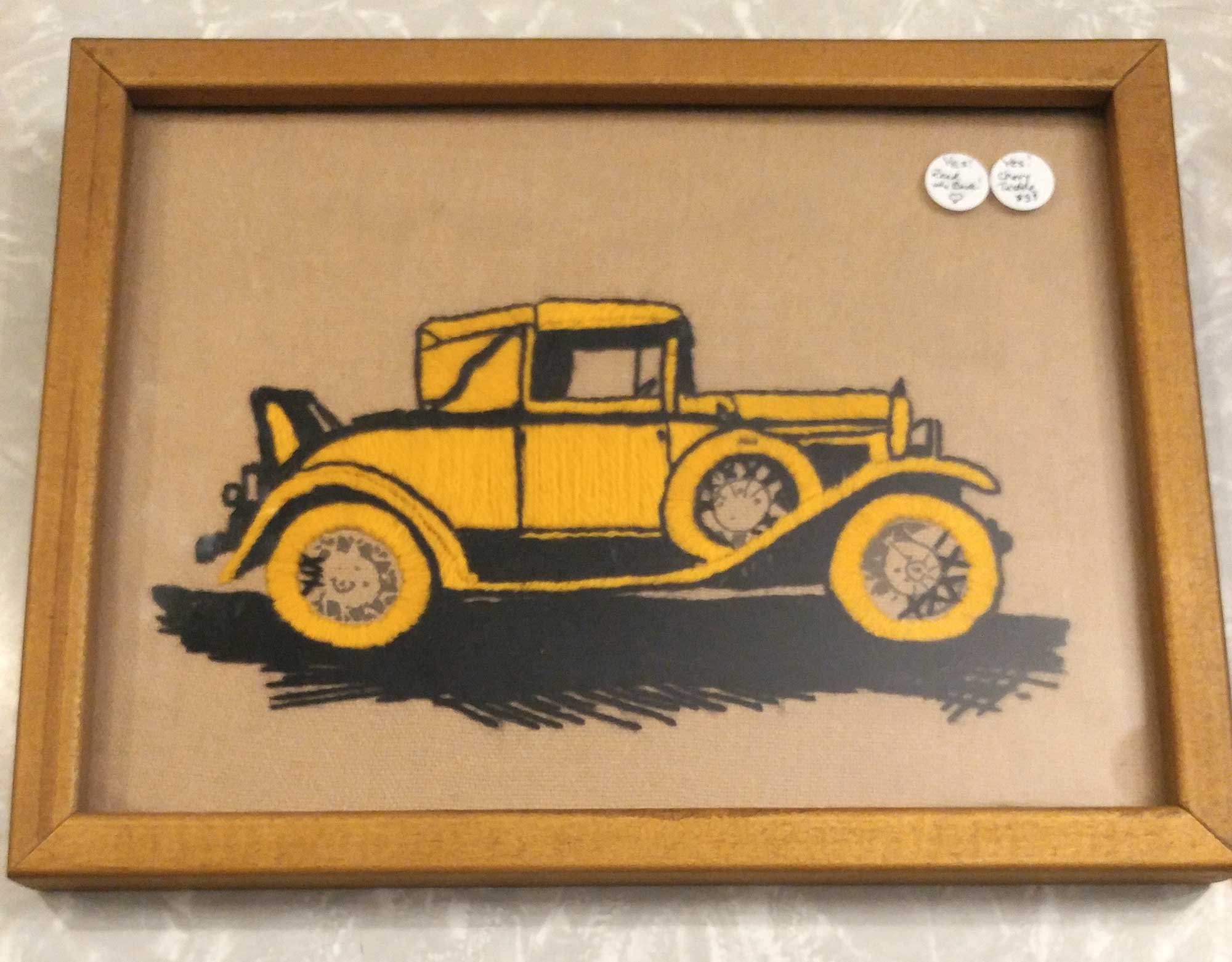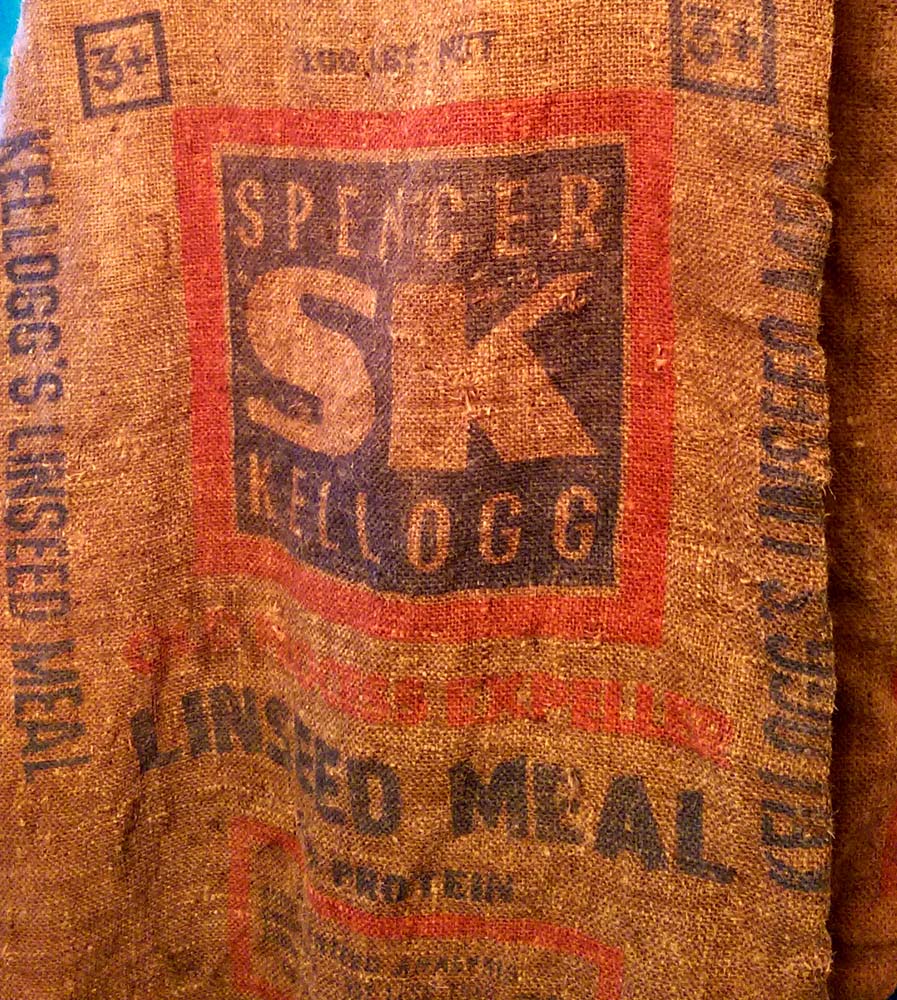Tag: textiles
-
Flash sale
Flash Sale! 20% off all items in our vintage & retro craft supplies shop, Kindness Of Strangers!
-

Giving Thanks – & A Little Fall Decor DIY
Looking for something to mix into your Fall decor — something that will work with your country burlap and chicken wire looks as well as it will with more simple styles and even more elegant looks? Perhaps something that will work not only for today but can also work for your Thanksgiving table? Check out…
-

New Vintage Clothing Shop In Fargo-Moorhead!
The Fargo Antiques & Repurposed Market (F.A.R.M.) has expanded, opening a new, second location in the Moorhead Center Mall — and we’ve expanded too, taking another two booths there. You can see a bit of our space in this photo taken for the article about the new location in the July 7, 2016 issue of…


